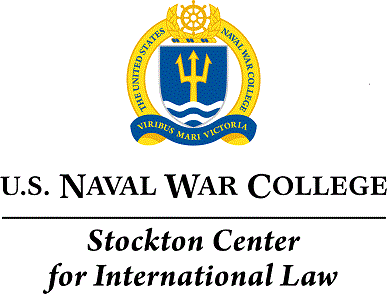
Abstract
Technologically advanced armed forces extensively use platforms that can be controlled remotely and do not require an on-board crew. Increasingly, these systems have the capacity to function with some degree of autonomy. The use of autonomous functionality is not specifically prohibited or regulated by the law of armed conflict but the use of autonomous functions in military systems remains governed by the general principles and rules of international law.
One existing international law concept may constrain the use of autonomous capabilities in military vessels and aircraft. This is the notion that military units must be “under the command” of an appropriate person. In this article, we set out to investigate whether the command requirement places limitations on autonomous devices. We use the methodology on treaty interpretation set out in the Vienna Convention on the Law of Treaties. Our analysis shows that the ordinary meaning of the expression in question has been understood by militaries in a variety of ways and that the context in which the expression originally appears, and the object and purpose of the relevant instruments, do not provide conclusive answers. Accordingly, we also turn to the drafting history of the relevant provisions and examine subsequent State practice. This investigation supports the view that the command requirement does not necessitate direct oversight by a commander for every decision made, but rather requires asking whether the system is fulfilling the intent of the commander.
html
